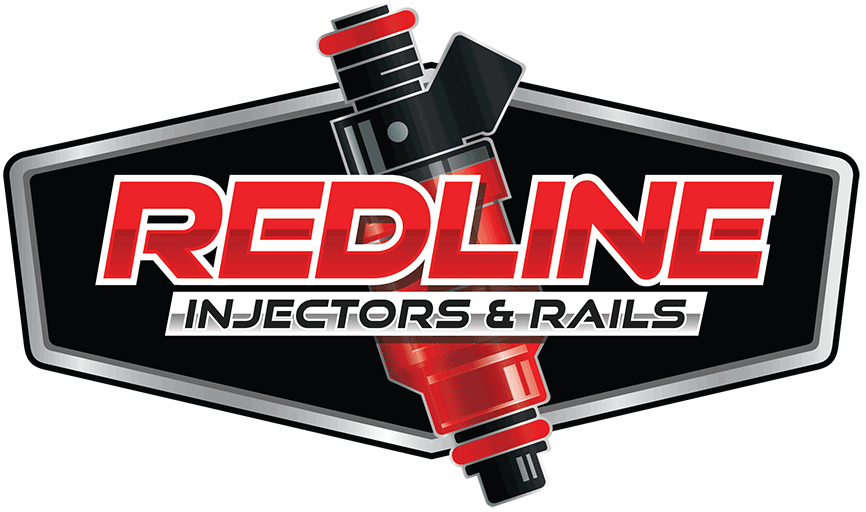Most Port fuel injectors (MPI) operate on 12 volts in standard gasoline engines. However, the voltage required to trigger a fuel injector depends on the injector type and the vehicle’s fuel system:
- Saturated Injectors – These operate at 12V and use low current (around 1-2A).
- Peak and Hold Injectors – These require a higher initial voltage (4-6V or sometimes up to 12V) to open, then a lower holding voltage (around 1-2V) to stay open, drawing more current (4-6A peak, 1-2A hold).
Gasoline Direct Injection (GDI) fuel injectors, such as those used in GGDI (Gasoline-Gasoline Direct Injection) systems, typically requires a much higher voltage than standard port fuel injectors.
Voltage Requirement for GGDI Injectors:
- 50V to 90V is commonly needed to trigger (open) the injector.
- Some systems use an initial peak voltage of 65V to 90V and then drop to a lower hold voltage (10V to 15V) to keep the injector open.
Diesel Injectors (Common Rail Systems) and Piezo Electric Gas Injectors – Modern diesel injectors can operate at much higher voltages, typically 48V to 90V, with some reaching over 100V in piezoelectric injectors. This high voltage is necessary because GDI/ Diesel/ Piezo injectors operate at much higher fuel pressures (up to 5000 psi or more) compared to port injectors, requiring more force to open the injector nozzle.
When triggering Fuel injectors at home, can too much voltage damage a fuel injector?
Yes, too much voltage can damage a fuel injector. Here’s how:
Potential Damage from Excess Voltage:
- Overheating the Injector Coil – Injectors have an internal coil that operates as an electromagnet. Excessive voltage can overheat the coil, leading to insulation breakdown and failure.
- Burned or Shorted Windings – If the voltage is too high, the fine copper windings inside the injector can burn out, causing a short circuit or open circuit.
- Internal Component Damage – Some injectors (especially GDI and piezoelectric types) use sophisticated electronics that can be permanently damaged by excessive voltage.
- Premature Wear – High voltage can cause the injector pintle or needle to move too aggressively, leading to mechanical wear and reduced lifespan.
How to Prevent Damage:
- Ensure the injector is powered by the correct voltage specified by the manufacturer.
- Use the proper driver circuit (saturated or peak-and-hold) based on injector type.
- Avoid prolonged exposure to high voltage if it is only needed for triggering.
